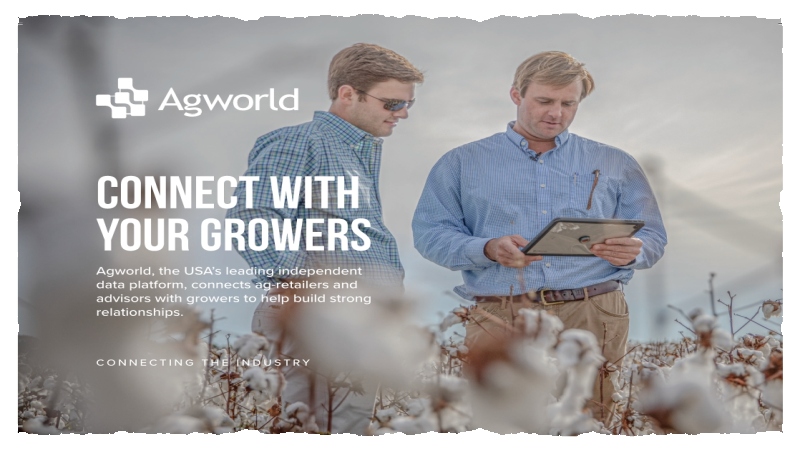State of Seed Treatments: How Market Challenges Impacted Ag Retailers in 2022
It’s a fact that among crop inputs during 2022, the seed category performed the worst. According to data collected from the annual CropLife 100 survey of the nation’s top ag retailers, overall seed revenues dropped slightly, from just over $5.1 billion in 2021 to just under $5 billion this year.
Given this fact, market watchers might have expected the seed treatment sector of ag retailers’ business to also have dropped off as well. And on the surface, that seems to have happened. According to 2022 CropLife 100 survey, seed treatment sales were up between 1% and more than 5% for 52% of respondents, a drop of 4% from the 2021 percentage. However, those CropLife 100 ag retailers experiencing sales declines between 1% and more than 5% also dropped, down from 9% in 2021 to 8% this year. The remaining 40% of survey respondents said that their seed treatment revenues between 2021 and 2022 were “flat.”
So, what exactly is going on in this sector? According to Jacob “Jake” Larson, Lead for the Seed Treatment Department at Asmus Farm Supply (AFS) in Rake, IA, the answer is a bit multi-faceted and stretches back several years beyond just 2022.
“On one hand, multiple things lined up for us: Commodity prices and good planting windows,” says Larson, discussing this past year’s market dynamic for ag retailers. “On the other hand, there have been years of showing the value and necessity of seed treatment no matter the price of the crop or when it’s planted. I think it is both the fruit of being diligent with customers over the years and our growers capitalizing on being dealt a good hand with high commodity prices and early planting windows.”
Still, he adds, seed treatment’s place within the agricultural world these days has become more entrenched than ever before.
“In our area, farmers are turning the corner and beginning to intensively manage soybeans,” says Larson, pointing to that crop segment. “Because of early planting, seed treatment is the first step in the process to reach their high yield goals.” Further boosting the fortunes for seed treatment across the country in 2022 is the fact that U.S. growers planted more than 90 million acres of soybeans this year, surpassing corn acres in total numbers for only the third time since the early 1980s.
Considering Market Challenges
Of course, with this level of popularity for seed treatment growing among U.S. farmers in recent years, there have been more than a few challenges ag retailers such as AFS have had to consider when catering to this market. In particular, says Larson, timing has become a big one.
“A challenge our company faces is being timely with our seed treatment,” he says. “Because growers have upgraded to larger or faster planters, we must efficiently treat the same amount of units in less time. The treatment scheduling has to be managed in much more detail. We can no longer wait for the farmer to just show up. We have needed to develop systems to manage the workload.”
In spite of slower growth years for seed treatment such as happened in 2022, Larson believes the overall sector will remain a vibrant one for ag retailers in the years ahead.
“Yes, I anticipate seed treatment staying a major growth area over the coming years,” he says. “It has become common practice for growers, and they are looking for innovation in this department. Increased pressure on neonicotinoid insecticides and the potential trickle-down effect to other products could hurt this view.”






